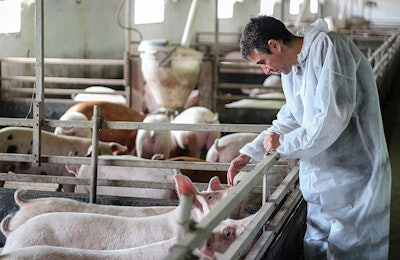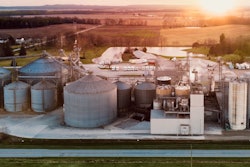
Exposure to trace amounts of antibiotics in the environment might damage pig health, study finds
Trace amounts of antibiotics in the environment might be responsible for more than just antibiotic resistance — it could also impact the health of weanling pigs, according to a pilot study out of the University of California, Davis.
In the study, weaned pigs received a diet containing trace amounts of the antibiotic carbadox just prior to intentional exposure to E. coli. The pigs fed the trace antibiotic diet, which was intended to represent a feed product accidentally contaminated with antibiotics from environmental sources, experienced more severe diarrhea, lost more weight, and took longer to recover than another group of pigs that did not receive any antibiotics at all before the exposure.
The trial, which was a very small experiment just to see what would happen, caught the team behind the project by surprise, according to Yanhong Liu, an assistant professor in the UC Davis Department of Animal Science.
“It was just an idea we thought we should try when we look at groundwater and look for antibiotics resistance patterns,” Liu said. “Honestly, it’s not like we had a very strong hypothesis before we conducted the trial. It was just a try and test and, if nothing happened, we’d walk away. But the results really surprised us, when we saw how the pigs got very sick.”
Liu cautioned that because of the small size of the experiment, additional work is needed to verify that trace antibiotic contamination might trigger more severe disease in pigs. It’s also not clear why being exposed to very small amounts of an otherwise helpful antibiotic resulted in worse disease than receiving no medication at all. Liu’s team is working on a follow-up trial, expected to be completed by the end of this year, to determine if the trace antibiotic exposure may alter the gut microbiome.
If further research shows this is the case, it could suggest that even a limited presence of antibiotics in feed — or potentially in the surrounding environment — could have implications beyond the potential development of antibiotic-resistant pathogens.
“Lots of people, they actually track the environment, the trace amounts of antibiotics, in the groundwater, in the manure,” Liu said, “but not many people pay attention to the feed itself.”















